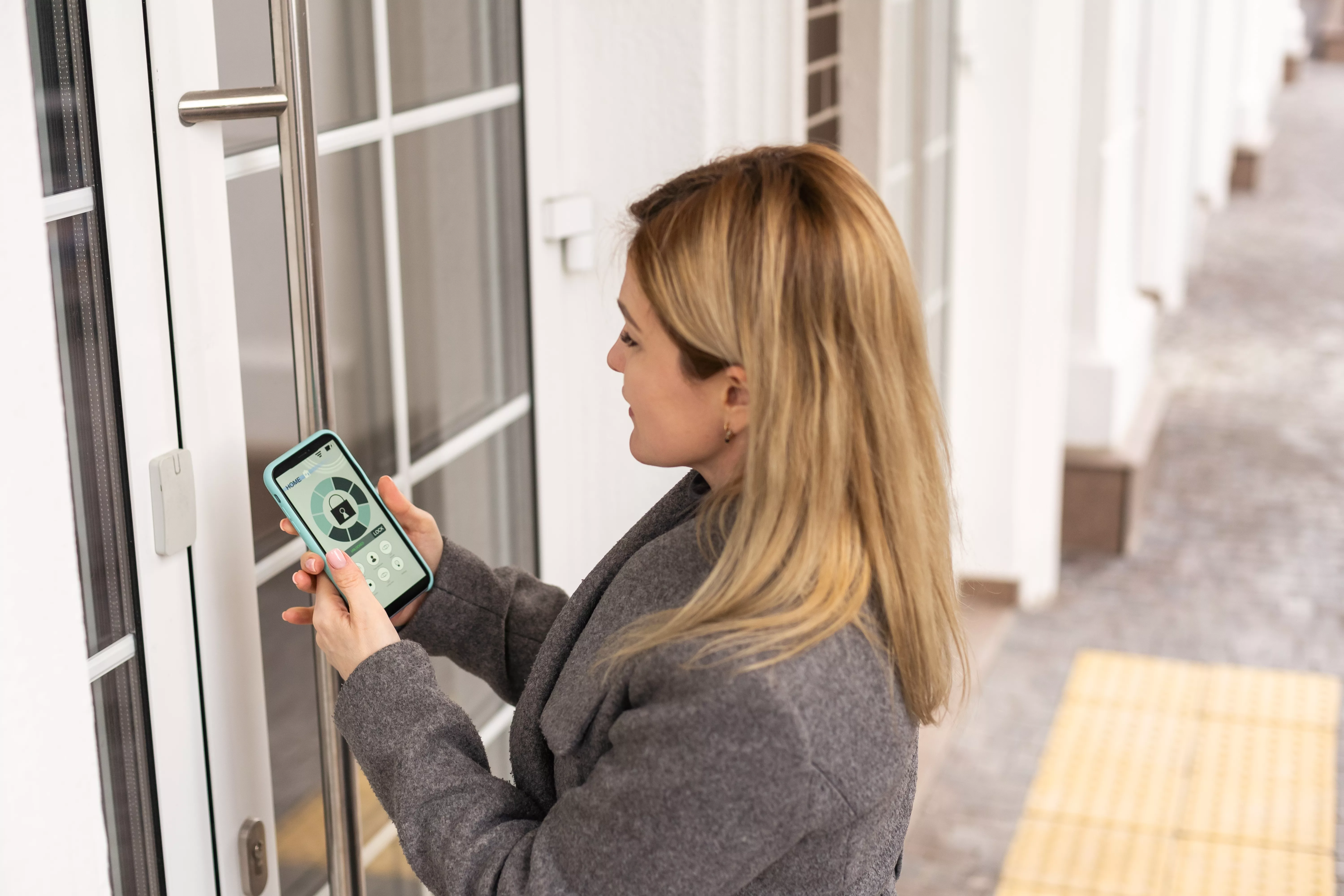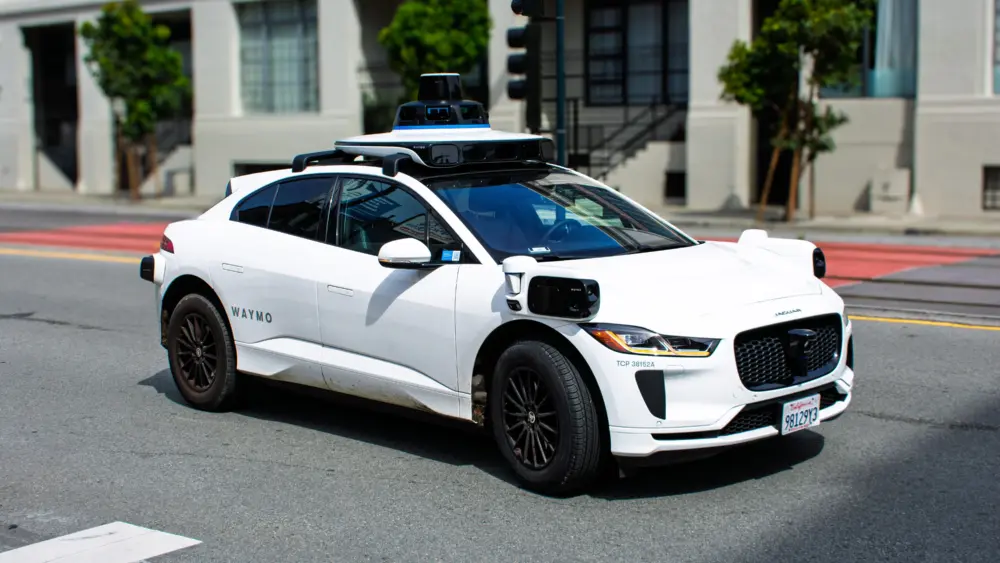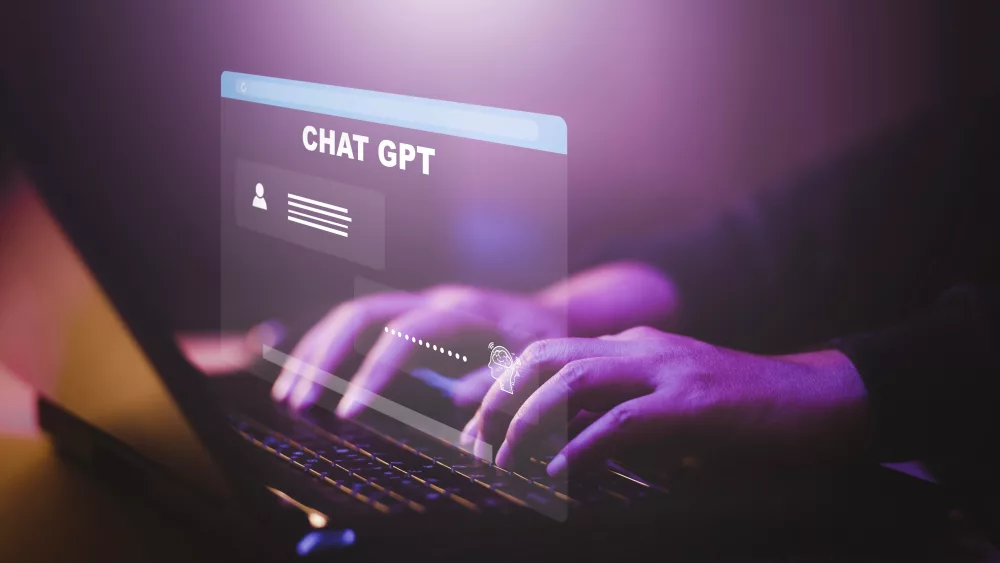
So, my 50th high school reunion finally rolled around. I went to Villa Park High School in Orange County, and the only other reunion of my high school class that I attended was the 20th, so I figured after 30 years, it might be time to do another one.
The “host hotel” for the event was the Embassy Suites in Anaheim, a brand that is now owned by the Hilton Hotels chain. Hilton owns an astonishing 19 hospitality brands, from Conrad Hotels to the Waldorf Astoria. Twenty-four hours prior to our arrival at the Embassy Suites, I received an email informing me that I could check in early using the Hilton Honors app. After downloading the app to my phone, I was able to select my room (instead of letting the system choose one for me), as well as a check-in time. I chose the earliest check-in time, 4 p.m., since the reunion’s opening mixer at the hotel started at 6 p.m. Once checked in, I was informed that with my digital key, I could proceed directly to my room, without stopping at the front desk.
My spouse and I flew into John Wayne (SNA) and after collecting our baggage and our rental car, got to the hotel about 3 p.m. Since I wasn’t quite sure how all this worked, I went to the front desk and asked if the room was ready. Alas, it was not, so I went back to the car to wait. About 3:30 p.m., my phone buzzed with a new notification. It was the app, telling me that my room was now ready for occupancy. That was a pleasant surprise.
We got out of the car, took our bag from the trunk, and walked directly to the elevators. Up to the 10th floor, and to room 1011. As we approached the door, I opened up the app and selected my digital key. My phone and the door lock communicated over Bluetooth—and presto!—the door light changed from red to green and we could enter our room. The app also allowed me to share the digital key with my wife, since she already had the app on her phone. The only danger I can see is leaving your room without your phone. In that event, the front desk can give you a standard key card, which is always an option.
Hilton launched its digital key technology in 2015, and as of 2021 it was available in 80% of Hilton’s 6,600-plus properties worldwide. It’s possible to book, check in, arrive, depart and pay all using the app, which makes for a friction-free travel experience (as long as you have your phone, and it’s charged, and the system is operating normally). Although the system had some early glitches, a recent search for problems with Hilton digital keys didn’t turn up any complaints.
Personally, I found the convenience of (a) knowing when I could get into my room, and (b) having one less thing to worry about (a room key) to be big pluses. After eight years, Hilton seems to have worked the bugs out of the system. There are some concerns about whether a digital key can be hacked, since Bluetooth broadcasts a signal which could theoretically be intercepted, but Hilton takes a number of precautions, such as allowing only a registered guest to use a digital key. I couldn’t find any examples of an actual security breach. If you stay at a Hilton-owned property, I encourage you to give it a try (and let me know what you think of the experience).
Although this self-service experience was new to me, the move to self-service is not new. I’m not sure if it started with Automatic Teller Machines (ATMs) or with pumping our own gas. I remember the truly magical experience getting cash from the ATM at BayBank in Cambridge, Massachusetts in the early 1970s. I also remember waiting in gas lines and pumping my own gas during the Arab Oil Embargo about the same time.
In the past few years, I’ve become accustomed to using self-checkout at my local Safeway, even when I have a fair number of items. But for some strange reason, I still go through the checkout line at Costco—go figure.
In fact, what we today consider a “normal” supermarket experience was, in fact, a controversial self-service innovation introduced by Piggly Wiggly markets in 1916. As Wikipedia puts it, “instead of clerks behind a counter gathering products for customers, Piggly Wiggly allowed shoppers to roam the aisles, pick items off the shelves and pay at the register. In exchange for doing more work, the model promised lower prices.”
Labor proponents complain that self-service technologies eliminate jobs, although hard numbers are hard to come by. Some people I know refuse to use self-service in hopes of preserving people’s livelihoods. Even consumers, the supposed beneficiaries of self-service, complain that they are doing unpaid work yet receive no discount for their efforts. But because both businesses and consumers like—for different reasons—what self-service offers, it seems likely to continue apace.
Author
-

Michael E. Duffy is a 70-year-old senior software engineer for Electronic Arts. He lives in Sonoma County and has been writing about technology and business for NorthBay biz since 2001.
View all posts



